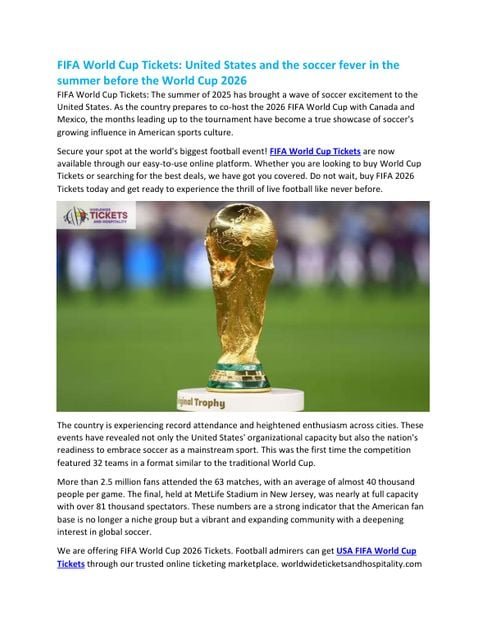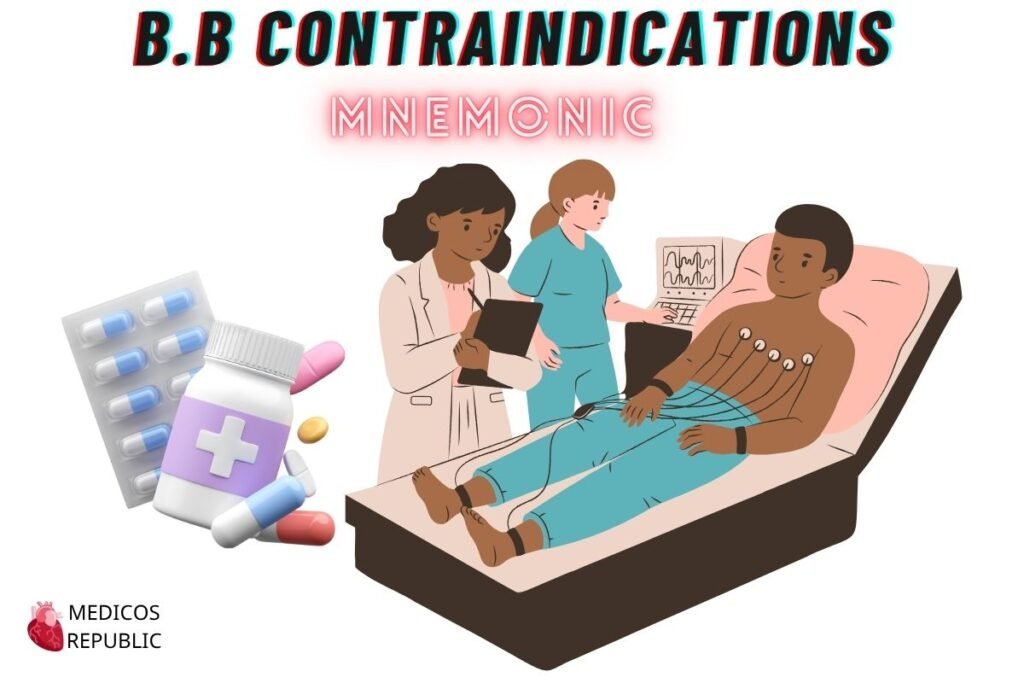Introduction
Ischaemic heart disease (IHD) is an umbrella term for conditions that cause reduced flow of oxygenated blood to the heart. It encompasses both chronic coronary syndromes (CCS) and acute coronary syndromes (ACS). This article will focus on chronic coronary disease (CCD).

CCD is a very common condition that is estimated to affect around 2.3 million people in the UK.1
Aetiology
CCD is caused by obstruction of the epicardial coronary arteries due to atherosclerotic disease.2-3

Atherosclerosis involves the accumulation of fatty material, primarily LDL particles, which form deposits within arterial walls, leading to the development of plaques. Atherosclerotic plaques narrow the lumen of the artery, restricting blood flow.
Once this narrowing becomes significant, the area of the heart supplied will no longer receive adequate blood supply, especially during times of increased demand.3

Risk factors
Risk factors for CCD include:
Clinical features
History
Typical symptoms of CCD include:
- Chest pain: typically constricting discomfort
- Exertional dyspnoea 1-2, 5
Stable angina
Typical angina presents as:
- Constricting discomfort in the chest, jaw, neck, arms, or shoulders
- Provoked by exercise
- Relieved by rest or glyceryl trinitrate (GTN), within around 5 minutes 4
Other important areas to cover in the history include:
- Past medical history: history of known heart disease
- Family history: first-degree relatives with heart disease
- Social history: including smoking, alcohol, drug use, diet, physical activity, occupation and independence
Clinical examination
In the context of suspected CCD, a thorough cardiovascular examination is necessary. A normal examination does not exclude chronic coronary disease.
Examination findings are typically non-specific, but may include:
- Xanthelasma, corneal arcus or xanthomas: evidence of hyperlipidaemia
- Weak peripheral pulses
- Bruits
Differential diagnoses
Differential diagnoses to consider in the context of CCD include:
Investigations
Bedside investigations
Relevant bedside investigations include:
Ischaemic ECG changes
Ischaemic changes on an ECG can include:
- Pathological Q waves: >0.04 seconds wide or >2 mm deep
- ST-T changes: including ST elevation, depression, or T wave inversion
A normal ECG does not exclude the diagnosis of CCD.
Laboratory investigations
Relevant laboratory investigations include:
Imaging
Relevant imaging includes:
- Chest X-ray: if respiratory differential diagnoses are suspected
- Echocardiogram: to identify heart wall motion abnormalities which may reflect ischaemia or previous myocardial infarction (MI), and to exclude valvular heart disease. A normal echo does not exclude the diagnosis of CCS.
- Cardiac magnetic resonance: when an echocardiogram is inconclusive, to identify areas of previous infarction.
- CT coronary angiogram: non-invasive visualisation of the coronary arteries with peripheral IV contrast. Provides a coronary artery calcium score (risk of a future cardiovascular event), and assesses the significance of narrowing using fractional flow reserve (FFR).2-3, 5
Other investigations
Other relevant investigations include:
- Cardiac stress echocardiogram: assessing the cardiac response to increased stress, either through physical exercise (e.g. treadmill or stationary bike) or pharmacological agents (e.g. dobutamine), with ECG and echocardiography monitoring. Induced heart wall motion abnormalities would imply underlying coronary disease.
- Stress perfusion MRI scan: involves administering an IV pharmacological agent (regadenoson) to identify areas of reduced perfusion, indicating underlying coronary disease.
- Invasive coronary angiogram: gold standard, involving catheter insertion into either the radial or femoral artery and using fluoroscopy to detect the flow through the coronary arteries. FFR can be used to assess the significance of stenosis.2-3, 5
Management
Conservative management
Conservative management of includes:
- Patient education: associated with improvements in self-care and adherence to both lifestyle and pharmacological interventions
- Smoking cessation advice (if relevant)
- Reduced alcohol intake (if relevant): within the recommended 14 units per week
- Maintaining a healthy weight: aiming for a BMI between 18.5 – 24.9 kg/m2
- Regular exercise and reduced time spent sedentary
- Cardioprotective diet: including wholegrains, nuts, oily fish and at least five portions of fruit and vegetables daily, while limiting foods high in fat, salt or sugar 2, 4-6
Medical management
Immediate symptomatic management
Primary management for the immediate relief of angina includes sublingual GTN.
GTN is can be used diagnostically and should be used at the onset of chest pain or prophylactically before activities known to trigger symptoms.2, 4-5
GTN use
If experiencing chest discomfort, GTN should be immediately used, and the precipitating activities should be stopped to rest.
If the discomfort does not resolve within 5 minutes, a second dose can be used.
If the discomfort worsens or does not resolve within 5 minutes of a second dose, an ambulance should be called.4
Long-term symptomatic management
Prevention of angina includes:
- Beta blocker or
- Rate-limiting calcium channel blocker (CCB), such as verapamil or diltiazem 4-5
If symptoms are not adequately controlled or the first-line agent is not tolerated, second-line treatment should be tailored based on the initial drug:
- For those prescribed a beta blocker, options include a non-rate-limiting CCB (e.g. amlodipine or modified-release nifedipine), isosorbide mononitrate or nicorandil
- For those prescribed a rate-limiting CCB, options include a long-acting nitrate (e.g. isosorbide mononitrate), nicorandil or ranolazine (if concerns about hypotension)4-5
Consider ivabradine if patients are intolerant of beta blockers, and rate-limiting CCBs for rate control.
Secondary prevention
Secondary prevention of includes:
- Aspirin: in all and continued indefinitely. If contraindicated, clopidogrel is typically offered.
- Statin: high-intensity statin in all and continued indefinitely. Statin therapy aims for a reduction in non-HDL cholesterol of at least 40%.
- ACE inhibitor: in those with co-existing diabetes, hypertension, chronic kidney disease or heart failure with reduced ejection fraction
- Optimal control of co-morbidities: including blood pressure and diabetes 2, 4-5
Revascularisation
Revascularisation is typically offered to those whose symptoms are not adequately controlled by medical management.
Revascularisation options include:
- Percutaneous coronary intervention (PCI): minimally invasive procedure under local anaesthetic with a catheter inserted into the radial or femoral artery and passed into the coronary arteries to perform angioplasty ± insertion of stents. Often performed in those unsuitable for surgery.
- Coronary artery bypass graft (CABG): open heart surgery under general anaesthesia, involving cardiopulmonary bypass whilst the harvested vessels are surgically grafted. It is recommended for patients with complex or severe disease which is not suitable for stenting.2-3
Complications
Complications of CCD can include:
- Unstable angina
- MI
- Sudden cardiac death
- Anxiety and depression
- Reduced quality of life 4
Reviewer
Dr Andrew McLeod
Consultant Cardiologist
Editor
Dr Jamie Scriven
References
- British Heart Foundation. Coronary heart disease. 2024. Available from: [LINK].
- BMJ Best Practice. Chronic coronary disease. 2024. Available from: [LINK].
- Springer. Ischaemic Heart Disease From Diagnosis to Treatment. 2023. Available from: [LINK].
- NICE. Angina. 2025. Available from: [LINK].
- European Society of Cardiology. 2024 ESC Guidelines for the management of chronic coronary syndromes: Developed by the task force for the management of chronic coronary syndromes of the European Society of Cardiology (ESC) Endorsed by the European Association for Cardio-Thoracic Surgery (EACTS). European Heart Journal. 2024. Available from: [LINK].
- NICE. Cardiovascular disease: risk assessment and reduction, including lipid modification. 2023. Available from: [LINK].
Discover more from Bibliobazar Digi Books
Subscribe to get the latest posts sent to your email.




